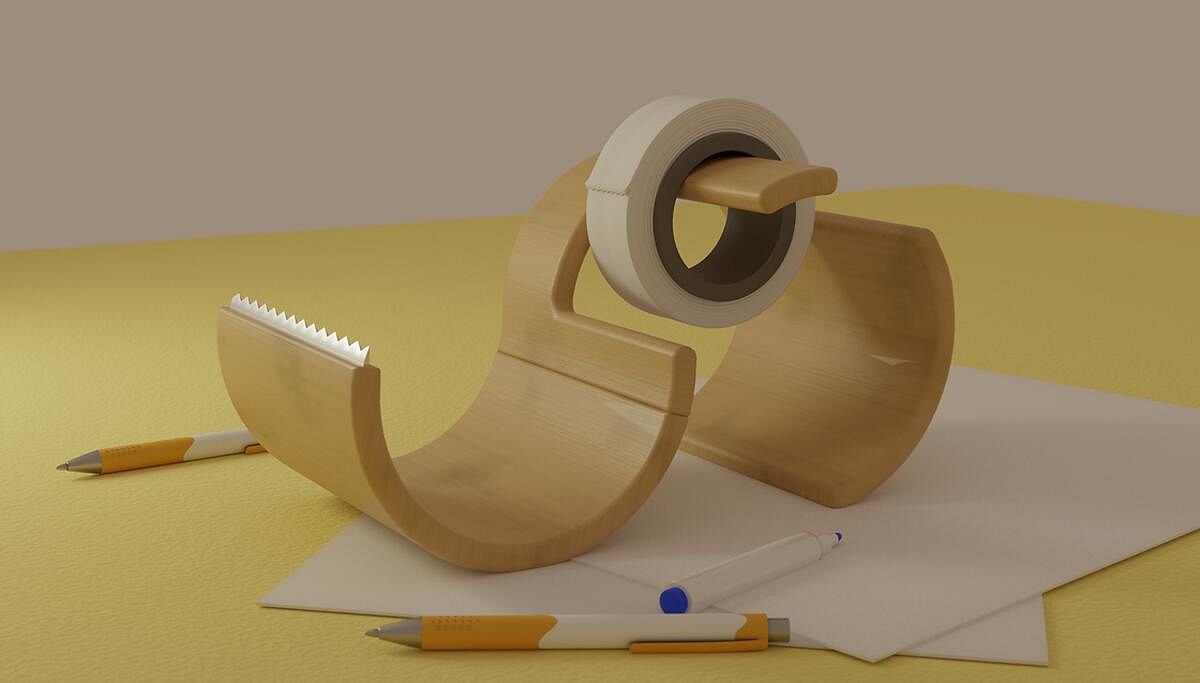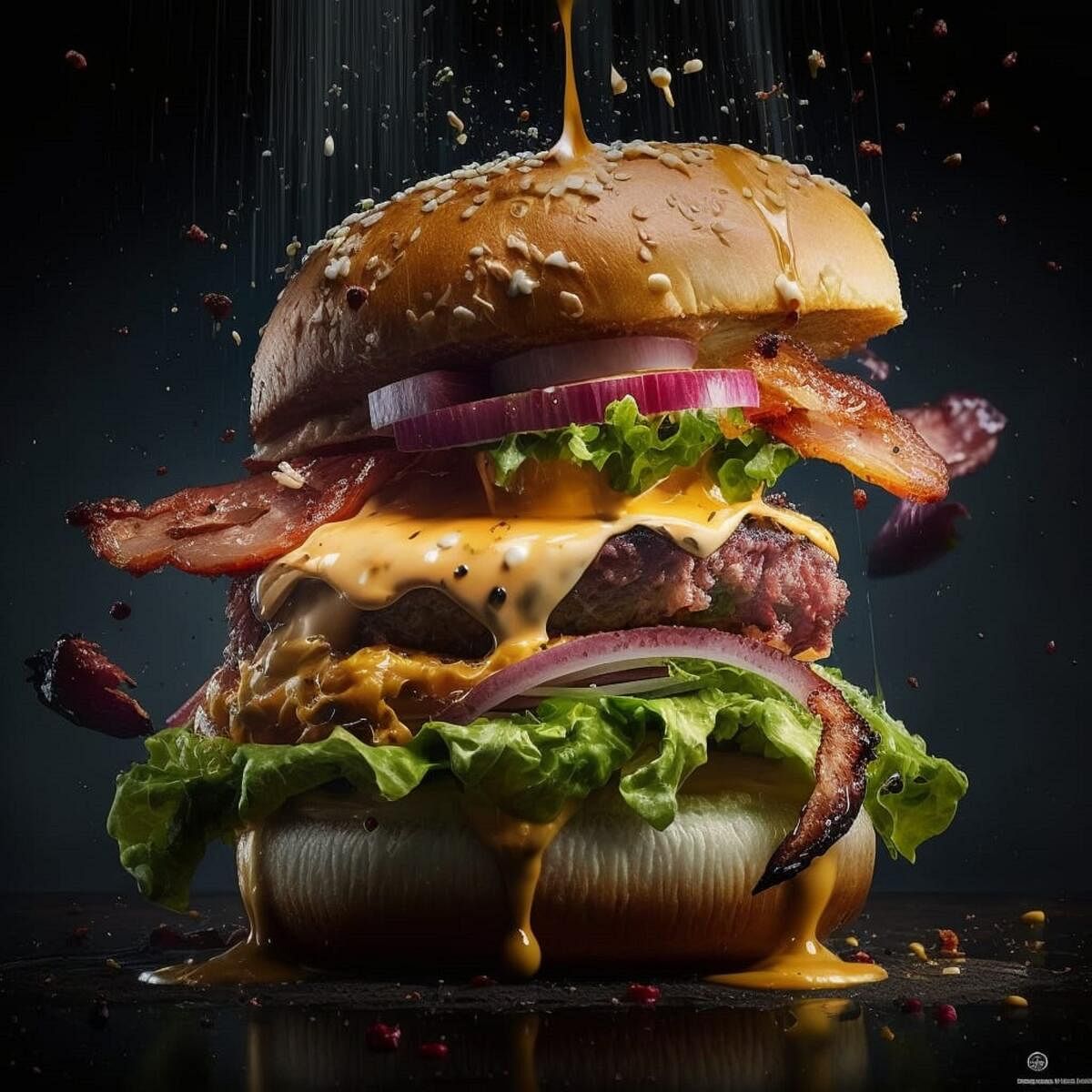

Product photography, the art of capturing pictures of commercial products, is collaborating with varied dimensions of digital art like 3D rendering and artificial intelligence (AI) softwares. These include Midjourney, Dall-E, and Stability Diffusion.
The results have been produced by a good mix of ideation and swift AI work. Not only time and money but also infinite creative freedom help create inspirational images. “If time and budget are constraints for a professional shoot, then Midjourney is my hero,” says Rajiv Mathew Cherian, a photographer who leads the video department at Bengaluru-based Basil Global.
With AI getting better with each prompt, brands like Casablanca Paris, Prada Beauty, and Cadbury are incorporating it into their marketing imagery.
Role of 3D
Product photography is dabbling with 360-degree rotatable images rendered on computer softwares like Blender, and Autodesk 3ds Max. E-commerce companies are using these product shots to provide consumers with an exploded-view and all-around view on digital screens.
Harshit Kapoor, a 3D artist with Amazon, says, “3D rendering offers unlimited creative freedom by allowing you to experiment with product presentation and is inexpensive. Besides, e-commerce firms need consistency across multiple product photos. For example, if we render a room according to a brand’s aesthetic, the bed used can be swapped with a 100 different beds. This helps with uniformity.”
Additionally, Harshit states that 3D rendering is often used when the product needs to be highlighted as it allows consumers to envision their product in virtual spaces using AR and VR equipment.
However, it is important to realise that every product requires a different presentation technique and too much uniformity can become monotonous and boring.
New trends
Remember when Adobe Photoshop had basic AI-integrated editing tools that cloned the sky or cleaned up the background? With Generative AI, these features are elevated, where the program generates text, images, or other media through prompts. These can help quicken workflow and help deliver quality work under deadlines.
When the first camera entered the market in 1888, artists felt threatened by its presence. Eventually, both genres found their sacred space in the industry.
According to freelance product stylist and photographer Snehal Kanodia, “Photographers and artists will need to adapt to the new, different medium. Currently, we can start exploring and creating our recce using AI platforms or make mood boards using Midjourney.” She explained that most photoshoots are planned on a tight timeline, sometimes in a few days, and designers either refer to pictures from Pinterest or similar spaces to explain their concepts to the client. Now, the latest softwares are allowing photographers to create more specific images and better mood boards.
Integration of AI into product photography has stirred a rise in trends. Blended photography, pictures showcasing a photographer’s work with AI edits, is evolving.
According to Amith Nag, a techie at an MNC and a passionate photographer, “Integration of these elements have given rise to the trend, where you upload your photograph and the program generates a video clip of your picture with added AI elements and graphics. Another trend is using AI to create landscapes that can be used as a background for other images.”
Further, in the case of green screens, instead of purchasing images from stock websites and replacing the screen, you can generate specific background images yourself, he adds.
Evolving from experience is considered a human affair. Lately, AI has also learnt to grow from its experience.
Rajiv elucidates, “The progress in each version of the apps is commendable. People’s faces, smiles, ethnicities (which was necessary because brands wanted people of colour and stock websites had limited options), and importantly, the fingers are rendered well now. You can ask for an image of a doctor holding a scalpel and it generates a picture of a doctor’s hand holding a scalpel in great detail.”
Rajiv also mentioned that the beta version of Photoshop is a game-changer for product photography.
AI in daily lives
Adding AI into everyday chores can prove to be helpful. Photoshopping flowers into the background of a picture can happen in a single prompt. Rajiv shared that his mother “wanted to paint the Taj Mahal in Van Gogh style”, and Midjourney helped her with inspirational references.
Still a threat?
Although AI is capable of generating quality content it lacks consistency. The outputs are non-uniform and, in the end, you need a photographer and an art director. According to Rajiv, “When I work on Midjourney, I mention technical details like a Nikon mirrorless camera with a particular Aperture value. These technical details give you more control, which will help generate the perfect image. Consistency is the biggest problem. AI works great for a single advertisement. But it is inconsistent with a full-fledged campaign with multiple shots.”
Even for 3D rendering, “we work with an art director who has an understanding of photography, to ensure that the concepts still carry value but the image is rendered”, says Harshit. AI may have a flair for seamless execution but conceptualisation, technical skill, and photography are human chores.